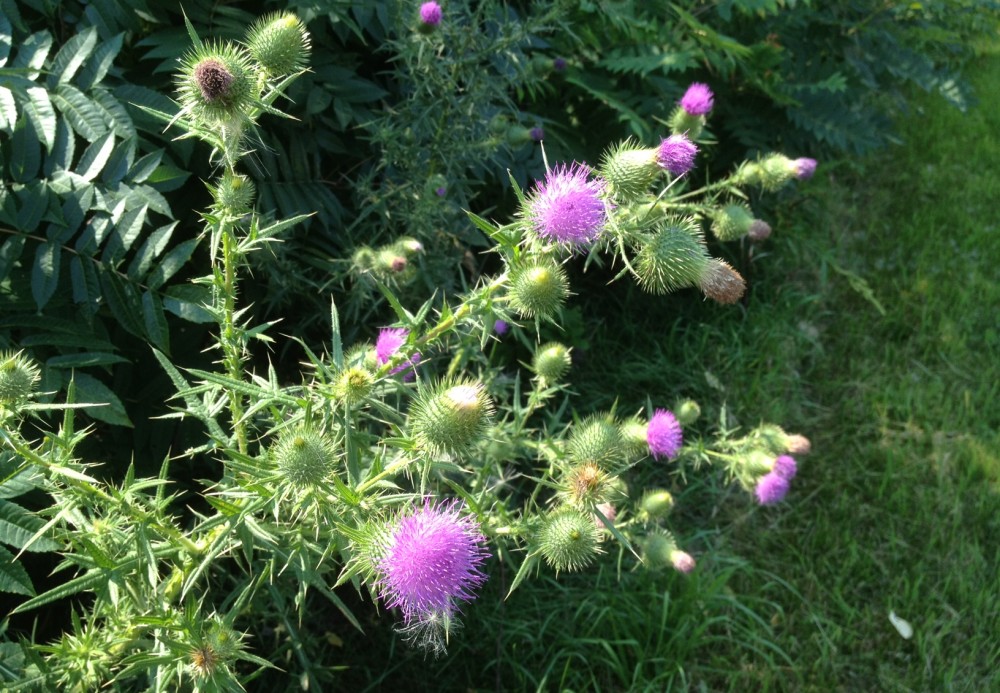In 1888, Ernest Thayer wrote perhaps the most famous poem in the history of baseball: “Casey at the Bat.”
The sport today for which we raise our sighs in sad lament is the Big Dance to which the coeds of American college are fighting to its finish. The ball in this court is not the baseball of the Casey poem, but rather the basketball whose game would not be birthed until 1891, three years after Thayer penned his famous piece. The ending though is as poignant and as sad as the verses relate. The mighty lady bears of Waco, Texas are no longer clawing the air under the basket in hopes of the victor’s banner, but are boarding the bus for home.
I’m sure those green-suited lady players are longing for a different day than that the final stanza of Ernest Thayer’s poem echoes:
“Oh, somewhere in this favored land the sun is shining bright;
“The band is playing somewhere, and somewhere hearts are light,
“And somewhere men are laughing, and somewhere children shout;
“But there is no joy in Mudville — mighty Casey has struck out.”
Somewhere, but not for the Bears and their leading player, Brittney Griner.
Brittney is thought by many to be the best female player in college basketball. This was not thought to be her last game. #1 Baylor was playing #5 Louisville. The Louisville Cardinals had a plan in their wings. Three of their birds perched as close as they could and waved their arms around Brittney every time she received the ball. Flustered by the attention, the tactic worked and Ms. Griner did not score a basket until almost 25 minutes had slipped away. Fighting free of the covey of covering Cardinals, Brittney and the Bears fought back, slapping at those bee-like opponents buzzing around her, and finally taking the lead with only 9.2 seconds left. But fate was with the birds and bees of Louisville who silenced the growling bears, dragging the lumbering Wacoites to the floor and defeat by the final score of 82-81.
There is no joy in Wacoville – mighty Brittney has been left out.
But the Tournament goes on and the Big Dance continues for the women and the men; hope springs eternal and lights even the most down-turned face with the sun of the new game on the ‘morrow.
On the men’s side, we have a most interesting development. Into the Final Four of the NCAA Men’s Basketball Tournament fly the Male Cardinals, with their quick bird’s eyes on the Lady Cardinals who soar to the Elite Eight of the NCAA Women’s Basketball Tournament after souring the hopes of the Waco Bears. What amazing results for the school in Louisville.
The University of Louisville, located in Louisville, Kentucky, was founded in 1798 as the first city-owned public university in the United States. Go City of Louisville! Today, over 22,000 cheering Cardinals attend the university, which offers bachelor’s degrees in 70 fields, masters’ degrees in 78 fields and doctorate degrees in 22 fields of study. The University of Louisville is one of the top public research universities in the US. In 1999, the world’s first successful heart transplant was performed at the university medical facilities, and in 2001 the first artificial heart transplant was accomplished there. Louisville is a leader in the ranks of academia and research, and a school worthy of much acclaim.
Now both Cardinal flocks advance bringing further acclamation to their city of home roost.
I am reminded of another famous Louisville resident, Cassius Marcellus Clay, Jr. Cassius, who later changed his name to Muhammad Ali, was born in Louisville, Kentucky on January 17, 1942. Ali is the first and only three-times-in-a-row World Heavyweight Boxing Champion. Clay had a unique style with a special shuffle dance and a rope-a-dope-watch-out-here-it-comes way of waving his hands in front of you so you didn’t know what was happening until you hit the floor. I remember the phrase the young fast-talking Clay used to describe his approach: “float like a butterfly, sting like a bee.”
After watching the Lady Cardinals waving and jumping in front of Brittney Griner the other night, I think they were watching some old Cassius Clay films. Those lady birds were floating like butterflies and stinging like bees in their relentless pursuit of the golden ring on the merry-go-round of the NCAA tournament.
Anything can happen and often does in the tournaments. It is good, exciting and something-to-look-forward-to as the red-bird ladies and men advance in their tournaments. With my teams defeated (and I do miss the Bears and wish Ms. Brittney all the best), I will stay on and clap on for those who play on. It is the Big Dance, and those who view its steps and follow its moves revere the sport and applaud those who move to advance and play again. We will be there to watch and encourage the game.
Go Cardinals, in separate flocks of red, fly and float, buzz and sting, reach and sink that basket with a loop-the-loop and rope-a-dope, and when the dust settles, perhaps it will be men and women too, one and both, that to the proud City of Louisville return champions, twinned and two.
Who knows, and there we find the dare?
March Madness is still in the air.
Play on,
Grandpa Jim
